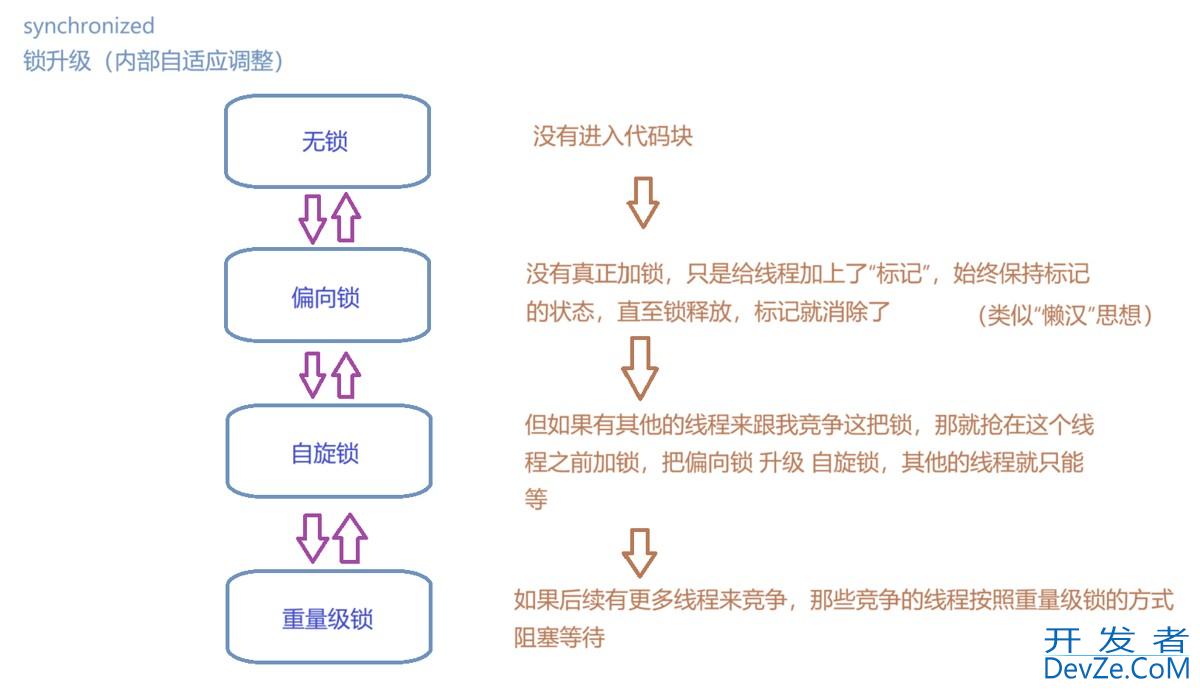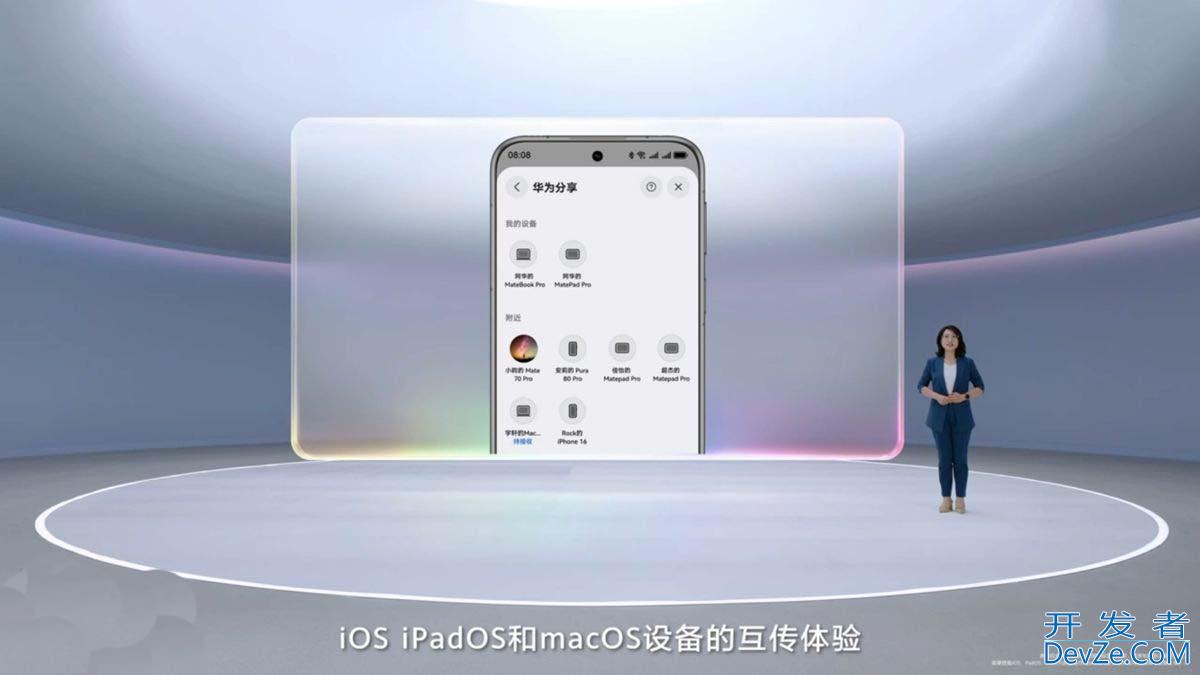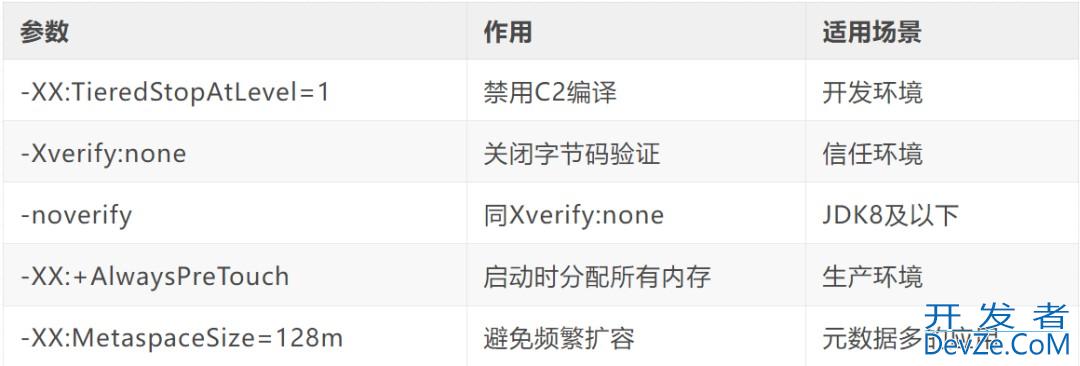目录
- 1. 引言
- 2. 环境搭建
- 2.1 安装 LibreOffice
- 2.2 配置 Java 开发环境
- 2.3 配置 LibreOffice SDK
- 3. Java 与 LibreOffice 的基本集成
- 3.1 启动 LibreOffice
- 3.2 加载和保存文档
- 3.3 创建新文档并插入内容
- 4. 高级功能
- 4.1 文档转换服务
- 4.2 使用 Apache POI 结合 LibreOffice
- 4.3 使用 UNO 平台调用 LibreOffice 功能(续)
- 示例代码
- 说明
- 4.4 使用 REST API 调用 LibreOffice
- 示例代码
- 说明
- 5. 常见问题及解决方案
- 5.1 LibreOffice 无法启动
- 5.2 文档转换失败
- 5.3 性能问题
- 6. 最佳实践
- 6.1 使用日志记录
- 示例代码
- 6.2 代码复用
- 示例代码
- 6.3 错误处理
- 示例代码
- 7. 总结
- 8. 参考资料
1. 引言
Java 与 LibreOffice 的集成开发为开发者提供了一种强大的工具,用于实现文档自动化处理、文档转换、内容编辑等任务。通过 Java 调用 LibreOffice 提供的 API,可以实现跨平台的文档处理功能,满足各种业务需求。本文将详细介绍如何使用 Java 与 LibreOffice 进行集成开发,包括环境搭建、代码示例、常见问题解决等内容。
2. 环境搭建
2.1 安装 LibreOffice
在开始开发之前,需要确保系统中已安装 LibreOffice。LibreOffice 是一个开源的办公软件套件,支持多VxSDLrQnq种操作系统,包括 Windows、MACOS 和 linux。可以从 LibreOffice 官方网站下载并安装适合您操作系统的版本。
2.2 配置 Java 开发环境
确保您的系统中已安装 Java 开发工具包(JDK)。可以通过访问 oracle 官方网站 或使用 OpenJDK 来下载和安装 JDK。安装完成后,设置环境变量 JAVA_HOME 指向 JDK 的安装目录,并确保 javac 和 java 命令可以在命令行中正常使用。
2.3 配置 LibreOffice SDK
LibreOffice 提供了强大的 SDK,用于支持 Java 开发。安装 LibreOffice SDK 的步骤如下:
- 在 LibreOffice 安装目录中找到
SDK文件夹。例如,在 Windows 系统中,路径通常为C:\Program Files\LibreOffice\program\SDK。 - 将
SDK文件夹中的lib子文件夹添加到项目的类路径中。这通常可以通过在 IDE(如 IntelliJ IDEA 或 Eclipse)中配置项目的构建路径来完成。 - 确保
unoil.jar和其他相关 JAR 文件已正确添加到项目的依赖中。
3. Java 与 LibreOffice 的基本集成
添加依赖库:在Java项目中添加LibreOffice的依赖库。可以通过以下命令添加Maven依赖:
<dependency>
<groupId>org.libreoffice</groupId>
<artifactId>libreoffice</artifactId>
<version>版本号</version>
</dependency>
3.1 启动 LibreOffice
在 Java 程序中启动 LibreOffice 的基本代码如下:
import com.sun.star.comp.helper.Bootstrap;
import com.sun.star.uno.XComponentContext;
public class LibreOfficeStarter {
public static void main(String[] args) {
try {
// 启动 LibreOffice
XComponentContext xContext = Bootstrap.bootstrap();
System.out.println("LibreOffice started successfully.");
} catch (Exception e) {
e.printStackTrace();
}
}
}
3.2 加载和保存文档
以下代码展示了如何加载一个现有的 LibreOffice 文档,并将其保存为 PDF 格式:
import com.sun.star.beans.PropertyValue;
import com.sun.star.comp.hejslper.Bootstrap;
import com.sun.star.frame.XComponentLoader;
import com.sun.star.lang.XComponent;
import com.sun.star.uno.UnoRuntime;
import com.sun.star.uno.XComponentContext;
public class DocumentLoaderAndSaver {
public static void main(String[] args) {
try {
// 启动 LibreOffice
XComponentContext xContext = Bootstrap.bootstrap();
// 获取服务管理器
com.sun.star.lang.XMultiComponentFactory xMCF = xContext.getServiceManager();
// 加载文档
XComponentLoader xComponentLoader = UnoRuntime.queryInterface(
XComponentLoader.class,
xMCF.createInstanceWithContext("com.sun.star.frame.Desktop", xContext)
);
String inputFilePath = "file:///path/to/your/document.docx"; // 替换为你的文件路径
String outputFilePath = "file:///path/to/save/document.pdf"; // 替换为保存路径
XComponent xComponent = xComponentLoader.loadComponentFromURL(
inputFilePath, "_blank", 0, new PropertyValue[0]
);
// 保存为 PDF
PropertyValue[] properties = new PropertyValue[1];
properties[0] = new PropertyValue();
properties[0].Name = "FilterName";
properties[0].Value = "writer_pdf_Export";
xComponent.storeToURL(outputFilePath, properties);
System.out.println("Document converted to PDF successfully.");
} catch (Except编程ion e) {
e.printStackTrace();
}
}
}
3.3 创建新文档并插入内容
以下代码展示了如何创建一个新的 LibreOffice 文档,并在其中插入文本内容:
import com.sun.star.uno.UnoRuntime;
import com.sun.star.uno.XComponentContext;
import com.sun.star.lang.XMultiServiceFactory;
import com.sun.star.frame.XDesktop;
import com.sun.star.frame.XComponent;
import com.sun.star.text.XTextDocument;
import com.sun.star.text.XText;
import com.sun.star.text.XTextCursor;
public class DocumentCreator {
public static void main(String[] args) {
try {
// 获取 LibreOffice 的组件上下文
XComponentContext xContext = UnoRuntime.createXComponentContext(null);
// 获取多服务工厂
XMultiServiceFactory xFactory = (XMultiServiceFactory) xContext.getServiceManager();
// 获取桌面组件
XDesktop xDesktop = (XDesktop) xFactory.createInstance("com.sun.star.frame.Desktop");
// 创建一个新文档
XComponent xComponent = xDesktop.loadComponentFromURL("private:factory/swriter", "_blank", 0, null);
// 获取文档
XTextDocument xTextDocument = (XTextDocument) xComponent.getModel();
// 获取文本
XText xText = xTextDocument.getText();
// 获取文本游标
XTextCursor xTextCursor = xText.createTextCursor();
// 写入内容
xTextCursor.setString("这是一个通过 Java 创建的 LibreOffice 文档。");
// 保存文档
xTextDocument.store();
// 关闭文档
xComponent.dispose();
} catch (Exception e) {
e.printStackTrace();
}
}
}
4. 高级功能
4.1 文档转换服务
可以通过 Java 调用一个运行 LibreOffice 服务的服务器,实现文档的转换。以下是一个基于 Java 调用 LibreOffice 服务器将 PPT 转换为 PDF 的示例:
package com.litongjava.libreoffice;
import java.io.File;
import java.io.IOException;
import java.nio.file.Files;
import java.nio.file.Paths;
import org.apache.http.HttpEntity;
import org.apache.http.HttpResponse;
import org.apache.http.client.methods.HttpPost;
import org.apache.http.entity.ContentType;
import org.apache.http.entity.mime.MultipartEntityBuilder;
import org.apache.http.impl.client.CloseableHttpClient;
import org.apache.http.impl.client.HttpClients;
import org.apache.http.util.EntityUtils;
public class LibreOfficeClient {
public static void convertToPdf(String filePath, String outputFilePath) {
try (CloseableHttpClient httpClient = HttpClients.createDefault()) {
HttpPost uploadFile = new HttpPost("http://127.0.0.1/api/ppt/pdf"); // 替换为 LibreOffice 服务器的地址
File file = new File(filePath);
HttpEntity multipartEntity = MultipartEntityBuilder.create()
.addBinaryBody("file", file, ContentType.APPLICATION_OCTET_STREAM, file.getName())
.build();
uploadFile.setEntity(multipartEntity);
HttpResponse response = httpClient.execute(uploadFile);
HttpEntity responseEntity = response.getEntity();
if (responseEntity != null) {
byte[] pdfBytes = EntityUtils.toByteArray(responseEntity);
Files.write(Paths.get(outputFilePath), pdfBytes);
System.out.println("PDF file saved to: " + outputFilePath);
}
} catch (IOException e) {
e.printStackTrace();
}
}
public static void main(String[] args) {
String filePath = "path/to/your/presentation.pptx"; // 替换为 PPT 文件路径
String outputFilePath = "path/to/save/presentation.pdf"; // 替换为保存 PDF 的路径
convertToPdf(filePath, outputFilePath);
}
}
4.2 使用 Apache POI 结合 LibreOffice
Apache POI 是一个流行的 Java 库,用于处理 Microsoft Office 格式的文件。虽然它主要用于处理 .docx、.xlsx 等格式,但可以通php过结合 LibreOffice 的 UNO 桥接技术,实现对 LibreOffice 文档的处理。以下是一个使用 Apache POI 创建 Word 文档的示例:
import org.apache.poi.xwpf.usermodel.*;
public class LibreOfficeWithApachePOI {
public static void main(String[] args) {
try (XWPFDocument document = new XWPFDocument()) {
XWPFParagraph paragraph = document.createParagraph();
XWPFRun run = paragraph.createRun();
run.setText("Hello, LibreOffice with Apache POI!");
// 保存文档
document.write(new FileOutputStream("example.docx"));
System.out.println("Document created successfully.");
} catch (IOException e) {
e.printStackTrace();
}
}
}
4.3 使用 UNO 平台调用 LibreOffice 功能(续)
UNO 平台是一个开源的跨平台框架,用于调用 LibreOffice 的功能。通过 UNO 平台,开发者可以轻松地将 LibreOffice 集成到 Java 应用程序中。以下是一个使用 UNO 平台将文档转换为 PDF 的示例:
示例代码
import org.unoconv.Unoconv;
import org.unoconv.Unoconvbuilder;
public class UnoPlatformExample {
public static void main(String[] args) {
try {
// 创建 Unoconv 实例
Unoconv unoconv = new UnoconvBuilder().build();
// 调用 LibreOffice 转换命令
unoconv.run("libreoffice", "--convert-to", "pdf", "--outdir", "output", "input.docx");
System.out.println("Document processed successfully.");
} catch (Exception e) {
e.printStackTrace();
}
}
}
说明
Unoconv是一个命令行工具,用于调用 LibreOffice 的转换功能。UnoconvBuilder用于创建Unoconv实例。run方法用于执行具体的转换命令,其中"libreoffice"是 LibreOffice 的命令行工具路径,"--convert-to"指定目标格式,"--outdir"指定输出目录,"input.docx"是要转换的文件路径。
4.4 使用 REST API 调用 LibreOffice
除了直接使用 Java API 或 UNO 平台,还可以通过 REST API 调用 LibreOffice 的功能。这种方式特别适合在分布式系统中使用,例如通过一个独立的 LibreOffice 服务器来处理文档转换任务。
示例代码
以下是一个使用 Java 调用 LibreOffice REST API 将文档转换为 PDF 的示例:
import java.io.File;
import java.io.IOException;
import java.nio.file.Files;
import java.nio.file.Paths;
import org.apache.http.HttpEntity;
import org.apache.http.HttpResponse;
import org.apache.http.client.methods.HttpPost;
import org.apache.http.entity.ContentType;
import org.apache.http.entity.mime.MultipartEntityBuilder;
import org.apache.http.impl.client.CloseableHttpClient;
import org.apache.http.impl.client.HttpClients;
import org.apache.http.util.EntityUtils;
public class LibreOfficeRestClient {
public static void convertToPdf(String filePath, String outputFilePath) {
try (CloseableHttpClient httpClient = HttpClients.createDefault()) {
// 创建 HTTP POST 请求
HttpPost httpPost = new HttpPost("http://127.0.0.1:8080/api/convert"); // 替换为 LibreOffice REST API 的地址
// 创建文件实体
File file = new File(filePath);
HttpEntity multipartEntity = MultipartEntityBuilder.create()
.addBinaryBody("file", file, ContentType.APPLICATION_OCTET_STREAM, file.getName())
.build();
// 设置请求实体
httpPost.setEntity(multipartEntity);
// 发送请求
HttpResponse response = httpClient.execute(httpPost);
// 检查响应状态
if (response.getStatusLine().getStatusCode() == 200) {
HttpEntity responseEntity = response.getEntity();
byte[] pdfBytes = EntityUtils.toByteArray(responseEntity);
// 保存 PDF 文件
Files.write(Paths.get(outputFilePath), pdfBytes);
System.out.println("PDF file saved to: " + outputFilePath);
} else {
System.out.println("Failed to convert document. Status code: " + response.getStatusLine(编程).getStatusCode());
}
} catch (IOException e) {
e.printStackTrace();
}
}
public static void main(String[] args) {
String filePath = "path/to/your/document.docx"; // 替换为要转换的文件路径
String outputFilePath = "path/to/save/document.pdf"; // 替换为保存 PDF 的路径
convertToPdf(filePath, outputFilePath);
}
}
说明
- 使用
HttpClient发送 HTTP POST 请求。 - 使用
MultipartEntityBuilder创建包含文件的请求体。 - 从响应中提取 PDF 文件并保存到指定路径。
5. 常见问题及解决方案
5.1 LibreOffice 无法启动
如果在启动 LibreOffice 时遇到问题,可能是由于以下原因之一:
- LibreOffice 未正确安装。
- JDK 版本与 LibreOffice 不兼容。
- 环境变量未正确配置。
解决方案:
- 确保 LibreOffice 已正确安装,并且可以通过命令行启动。
- 确保 JDK 版本与 LibreOffice 兼容(推荐使用 JDK 11 或更高版本)。
- 配置环境变量
JAVA_HOME指向 JDK 的安装目录,并确保PATH包含 JDK 的bin目录。
5.2 文档转换失败
如果在转换文档时遇到问题,可能是由于以下原因之一:
- 输入文件路径或格式不正确。
- 输出目录不可写。
- LibreOffice 服务器未正确运行。
解决方案:
- 确保输入文件路径和格式正确。
- 确保输出目录存在且具有写权限。
- 确保 LibreOffice 服务器正在运行,并且可以通过网络访问。
5.3 性能问题
如果在处理大量文档时遇到性能问题,可能是由于以下原因之一:
- LibreOffice 服务器的资源不足。
- 网络延迟较高。
- 代码中存在性能瓶颈。
解决方案:
- 确保 LibreOffice 服务器具有足够的 CPU 和内存资源。
- 优化网络配置,减少网络延迟。
- 使用多线程或异步处理来提高性能。
6. 最佳实践
6.1 使用日志记录
在开发过程中,使用日志记录可以帮助您更好地跟踪程序的运行状态和问题。可以使用 SLF4J 或 Log4j 等日志框架来记录日志。
示例代码
import org.slf4j.Logger;
import org.slf4j.LoggerFactory;
public class DocumentProcessor {
private static final Logger logger = LoggerFactory.getLogger(DocumentProcessor.class);
public static void main(String[] args) {
try {
// 启动 LibreOffice
logger.info("Starting LibreOffice...");
XComponentContext xContext = Bootstrap.bootstrap();
logger.info("LibreOffice started successfully.");
// 加载文档
logger.info("Loading document...");
XComponent xComponent = loadDocument(xContext, "file:///path/to/your/document.docx");
logger.info("Document loaded successfully.");
// 保存为 PDF
logger.info("Converting document to PDF...");
saveASPdf(xContext, xComponent, "file:///path/to/save/document.pdf");
logger.info("Document converted to PDF successfully.");
} catch (Exception e) {
logger.error("Error occurred during document processing", e);
}
}
private static XComponent loadDocument(XComponentContext xContext, String filePath) throws Exception {
// 省略加载文档的代码
}
private static void saveAsPdf(XComponentContext xContext, XComponent xComponent, String outputFilePath) throws Exception {
// 省略保存为 PDF 的代码
}
}
6.2 代码复用
将常用的文档处理功能封装成方法或类,以提高代码的可复用性和可维护性。
示例代码
public class LibreOfficeUtils {
public static XComponentContext startLibreOffice() throws Exception {
return Bootstrap.bootstrap();
}
public static XComponent loadDocument(XComponentContext xContext, String filePath) throws Exception {
// 省略加载文档的代码
}
public static void saveAsPdf(XComponentContext xContext, XComponent xComponent, String outputFilePath) throws Exception {
// 省略保存为 PDF 的代码
}
}
6.3 错误处理
在处理文档时,可能会遇到各种错误。合理地处理这些错误可以提高程序的健壮性。
示例代码
public class DocumentProcessor {
public static void main(String[] args) {
try {
XComponentContext xContext = LibreOfficeUtils.startLibreOffice();
XComponent xComponent = LibreOfficeUtils.loadDocument(xContext, "file:///path/to/your/document.docx");
LibreOfficeUtils.saveAsPdf(xContext, xComponent, "file:///path/to/save/document.pdf");
} catch (Exception e) {
logger.error("Error occurred during document processing", e);
}
}
}
7. 总结
Java 与 LibreOffice 的集成开发为开发者提供了一种强大的工具,用于实现文档自动化处理、文档转换、内容编辑等任务。通过本文的介绍,您应该能够掌握如何使用 Java 调用 LibreOffice 提供的 API,实现跨平台的文档处理功能。希望本文对您的开发工作有所帮助。
8. 参考资料
- LibreOffice 官方文档
- LibreOffice SDK 文档
到此这篇关于Java 与 LibreOffice 集成开发指南含环境搭建及代码示例的文章就介绍到这了,更多相关Java 集成 LibreOffice内容请搜索编程客栈(www.devze.com)以前的文章或继续浏览下面的相关文章希望大家以后多多支持编程客栈(www.devze.com)!







 加载中,请稍侯......
加载中,请稍侯......
精彩评论